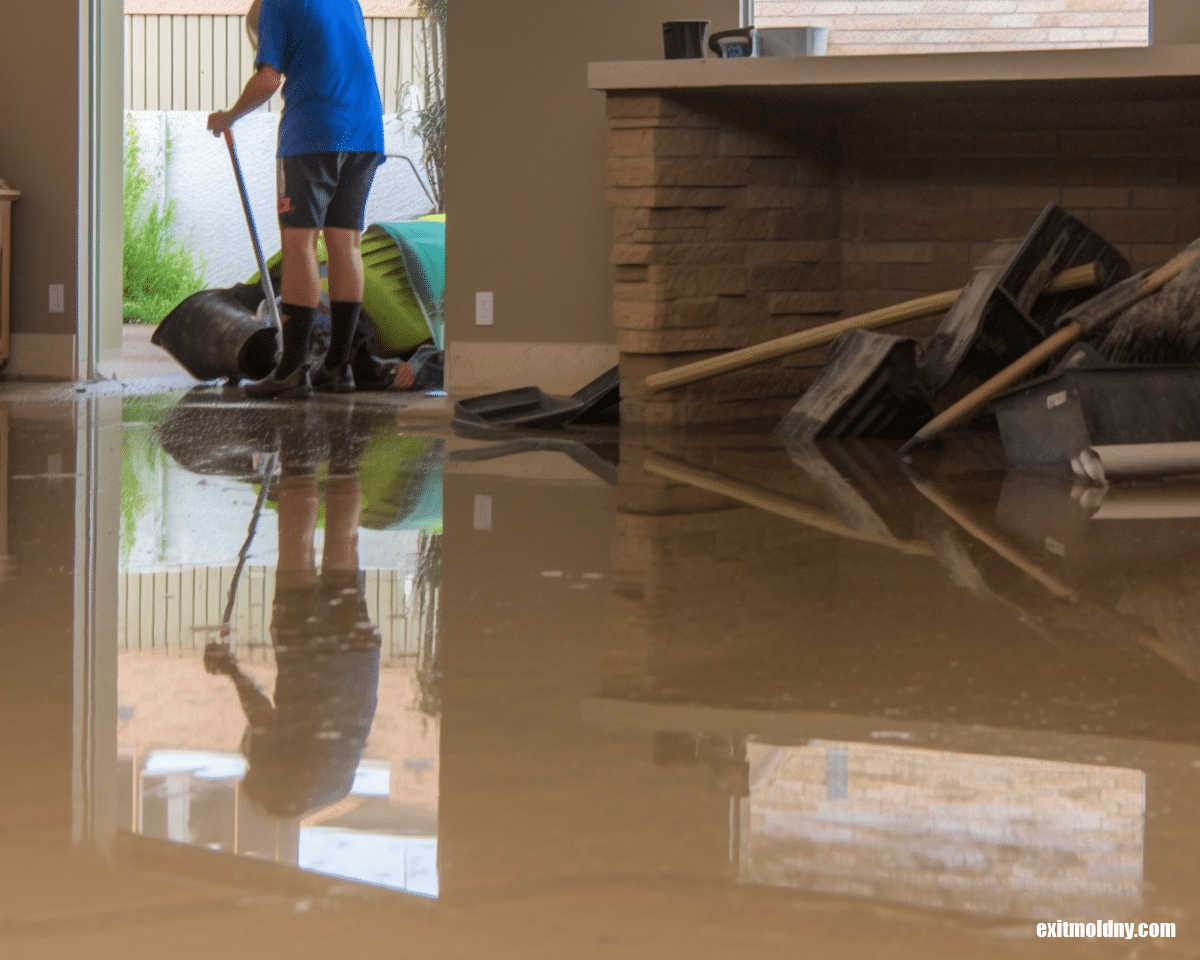Expert Lead Violation Removal in NYC-- Safeguard Versus Health And Wellness Hazards
Expert Lead Violation Removal in NYC-- Safeguard Versus Health And Wellness Hazards
Blog Article
Ideal Practices for Making Certain Safe and Extensive Lead Infraction Reduction
Addressing lead infraction reduction needs a multi-faceted strategy to make certain both safety and conformity. It's the last clearance procedure, involving complete evaluations and laboratory testing, that really verifies a lead-free setting, making sure long-term safety and security. Just how do these methods interconnect to assure comprehensive lead reduction?

First Evaluation
Carrying out a preliminary assessment is an important first step in lead infraction reduction. This stage includes a detailed analysis of the property to recognize the existence, degree, and particular locations of lead-based risks. Certified experts, such as certified lead inspectors or run the risk of assessors, need to do a thorough website inspection, utilizing devices like X-ray fluorescence (XRF) analyzers to precisely find and gauge lead concentrations in paint, dust, dirt, and water.
The analysis needs to likewise consist of a review of the building's background, previous reports, and any kind of complaints or wellness problems reported by passengers - Lead Removal Contractors. Recording the findings thoroughly is vital, as these documents develop the basis for developing an effective abatement approach. A detailed assessment additionally includes sampling and laboratory evaluation, which are essential to verify the existence of lead and guide subsequent activities
Additionally, it is critical to interact the outcomes transparently to all stakeholders, consisting of homeowner, occupants, and regulative authorities. By ensuring that the first assessment is carried out with accuracy and roughness, professionals can lay a strong foundation for a targeted and efficient lead reduction process, ultimately securing public health and wellness and making certain compliance with regulatory criteria.
Correct Control
Appropriate containment is vital to prevent the spread of lead pollutants during reduction tasks. Effectively handling containment decreases the threat of lead dirt and debris migrating to non-work areas, thereby securing both the setting and individuals outside the prompt work area.

Regular examinations of the containment location are necessary to examine for violations or weak points in the obstacle. Any identified concerns need to be promptly resolved to preserve the integrity of the containment. By sticking to these practices, reduction jobs can properly manage lead contamination and reduce connected health and wellness risks.
Employee Protection
Guaranteeing employee security is vital during lead abatement jobs to avoid work direct exposure to dangerous lead particles. Necessary measures include using individual safety equipment (PPE) such as respirators, handwear covers, and full-body suits especially designed to obstruct lead dirt and fumes. Workers should go through extensive training on the appropriate use and upkeep of PPE, consisting of in shape testing for respirators to guarantee optimum efficacy.
Design controls, such as neighborhood exhaust ventilation systems, are critical in minimizing airborne lead concentrations in the workplace. Administrative controls must additionally be click here to read applied, including limiting the period of direct exposure and rotating workers to lower individual direct exposure times. Routine medical security and organic monitoring are crucial for early detection of lead absorption, making it possible for timely intervention and treatment.
Moreover, establishing a decontamination procedure is crucial. Employees must adhere to strict decontamination treatments prior to breaks and at the end of their shift to stop lead dirt from being brought outside the workplace. This consists of detailed hand go right here and face washing with lead-specific cleaner and altering out of infected garments.
Meticulous Cleanup
Preserving a secure workplace extends beyond employee defense and incorporates careful cleanup to make certain lead fragments are extensively eliminated from the website. The process of precise cleaning is critical in stopping the recontamination of the mellowed out location and guarding both present and future owners.
To accomplish an extensive cleanup, all workspace should be systematically sanitized. This includes using specialized HEPA (High-Efficiency Particulate Air) hoover and wet-wiping strategies to record and remove fine lead dirt that might have chosen surfaces. It is critical to cleanse all horizontal surface areas, consisting of floors, home window sills, and countertops, along with vertical surface areas that may have entraped lead particles.
Employees should wear proper personal safety devices (PPE) throughout clean-up to avoid direct exposure to recurring lead dust. Used cleansing products such as wipes, sponges, and wipe heads need to be thrown away in accordance with unsafe waste disposal regulations.

Last Clearance
Last clearance is the critical wrapping up phase of lead reduction that establishes whether the website is safe for reoccupation. This vital step entails comprehensive inspection and testing to validate that all lead risks have actually been efficiently removed.

Final clearance testing not just safeguards future owners however additionally ensures compliance with regional, state, and government policies. It serves as a documented recognition of the reduction professional's adherence to market finest techniques. Ensuring a complete and effective last clearance is crucial in securing public health and wellness and cultivating count on in the reduction process.
Conclusion
Ensuring risk-free and detailed lead violation reduction requires a diverse technique incorporating preliminary evaluations with innovative detection techniques, reliable control approaches, rigid employee security methods, and precise cleanup treatments. The final clearance phase, featuring detailed examinations and lab testing, is essential to verify compliance with EPA standards. Adherence to these finest techniques ensures a safe atmosphere for occupants, reduces wellness threats, and upholds regulative requirements, consequently advertising public health and wellness and safety and security in lead-affected areas.
Report this page